
Weeds, the world’s most unwanted plants, might help trees make more fruit.

Weeds, the world’s most unwanted plants, might help trees make more fruit.
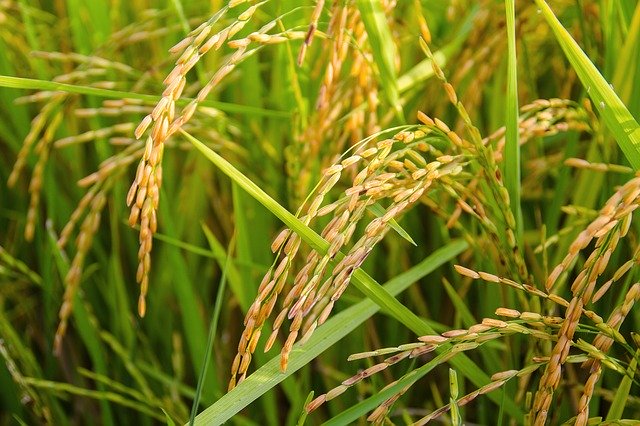
Researchers examine the formation of air channels in wetland plants, a protective trait that makes them resilient to environmental stresses.
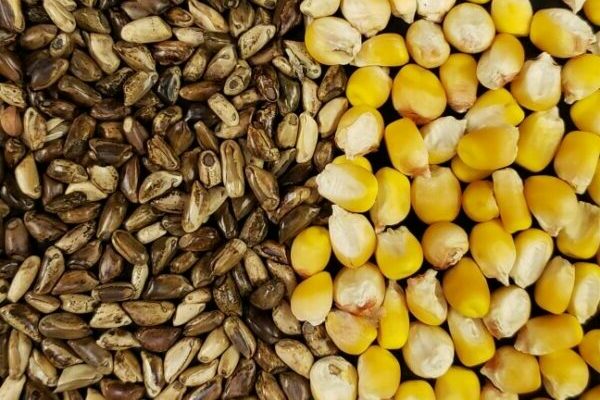
Scientists are learning how to peer back through millennia of domestication to learn how a wild grassy plant known as teosinte developed into corn, the modern cash crop grown across the globe. The research allows scientists to compare genes in corn against its wild ancestor, which could help plant breeders identify advantageous traits that may have been bred out of teosinte over the centuries.
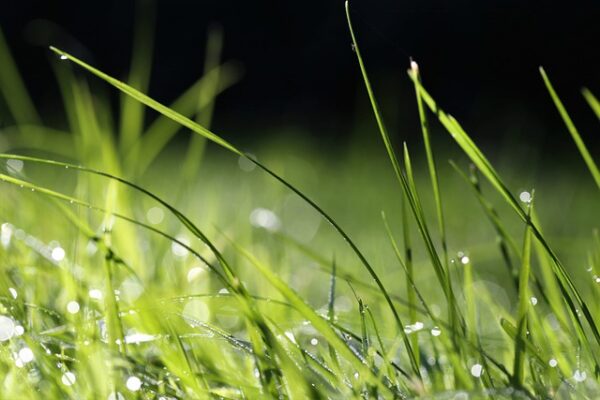
Live imaging of microbes in soil would help scientists understand how soil microbial processes occur on the scale of micrometers, where microbial cells interact with minerals, organic matter, plant roots and other microorganisms. Because the soil environment is both heterogeneous and dynamic, these interactions may vary substantially within a small area and over short timescales.

A new study involving more than 100 scientists from across the globe and the largest forest database yet assembled estimates that there are about 73,000 tree species on Earth, including about 9,200 species yet to be discovered.
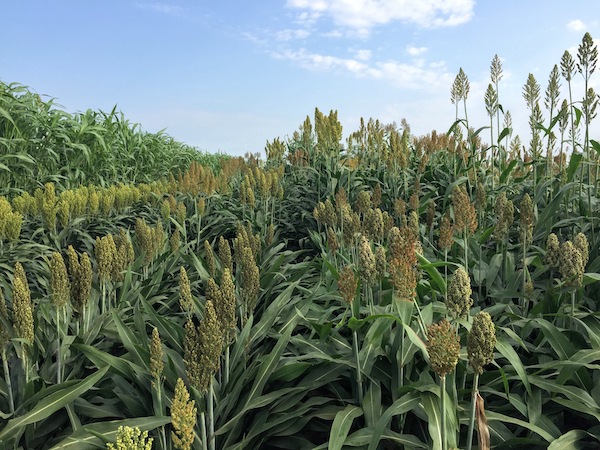
Scientists have harnessed data analytics to look “under the hood” of the mechanisms that determine how genetics and changing environmental conditions interact during crucial developmental stages of plants.

We rely on pollinators like honeybees to grow a wide array of the world’s crops. But that same reliance may put plants at risk of disease, according to new research. In the first study to take a broad look at virus hitchhikers on pollen grains, biologists show that a variety of viruses travel on pollen — especially in areas close to agriculture and human development where honeybees dominate.
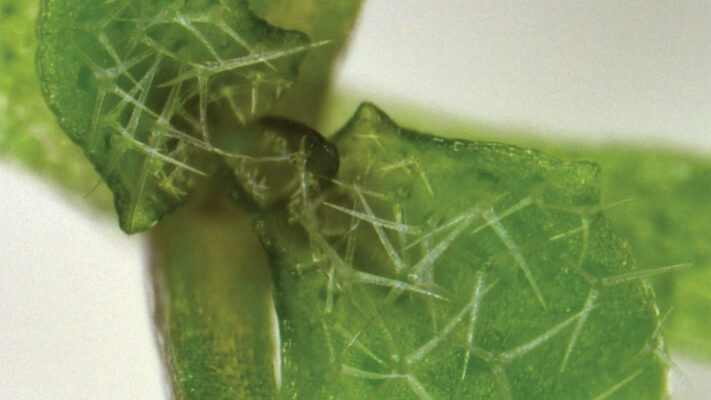
How does a developing plant shoot know how, where, and when to grow? Dividing cells need to pass messages from one another to coordinate growth. In plants, important messages are packaged into RNA, which are sent from cell to cell. By studying Arabidopsis thaliana, researchers found that RNA messages need a special protein to escort them where they need to go. Without this escort, cells cannot coordinate and the plant fails to develop properly.
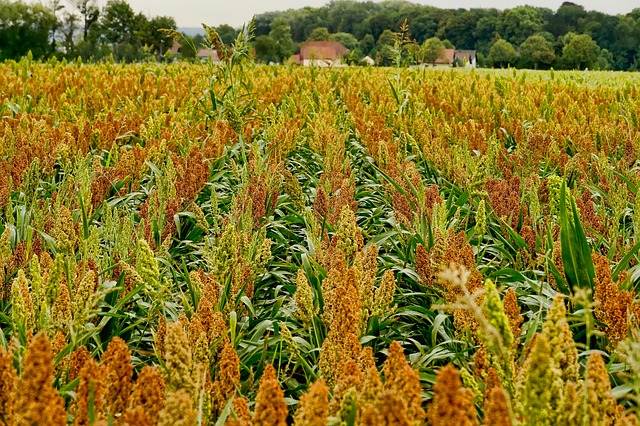
Scientists are honing the traits of speed, strength and near invulnerability in sorghum, a very important food crop. Achieving a milestone in their pursuit of the Superman of sorghum plants, scientists identified a single gene that confers broad protection from the fungal diseases anthracnose, rust and target spot.

What determines how a cell’s genome is regulated to ensure proper growth and development? Turns out, the parts of the genome that are turned on or off in each cell-type or tissue play a major role in this process. Now, a research team has shown that the CLASSY gene family regulates which parts of the genome are turned off in a tissue-specific manner. The CLASSYs essentially control where the genome is marked by DNA methylation—the addition of methyl chemical groups to the DNA that act like tags saying, “turn off.” Because DNA methylation exists across diverse organisms, including plants and animals, this research has broad implications for both agriculture and medicine.